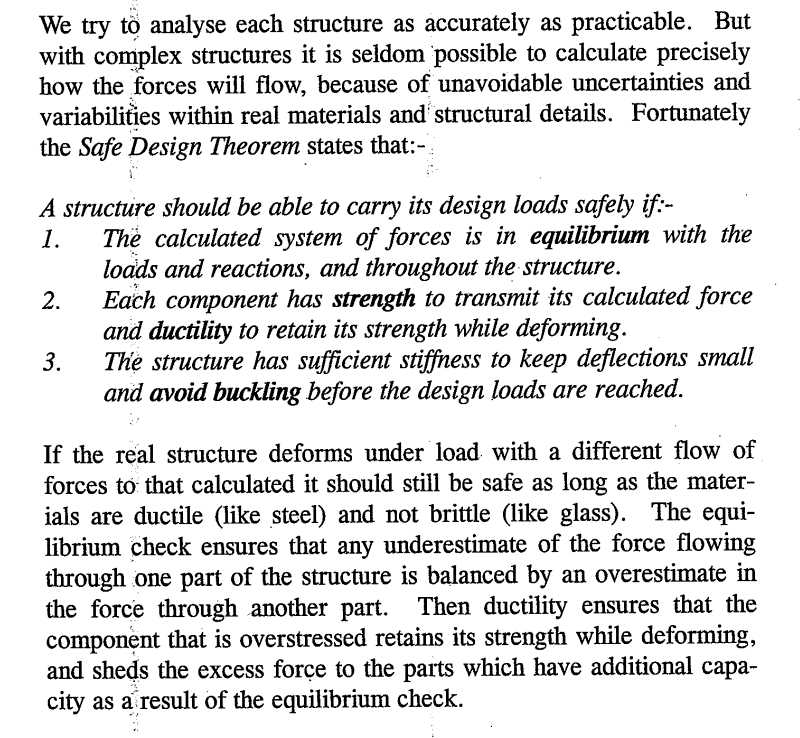Think logically and judge the failure mode to determine the need or not. Where did code says not to consider prying action for baseplate design? Design guide examples do not represent all cases, or inexplicitly advocate mood point/intention of the code. As long as the plate is capable of deform, prying force is there, the question is only on the magnitude, that may, or may not be negligible. Thinking practically, a flexible plate with strong anchors will produce ample noticeable warning before failure, on the other hand, breaking the bolts with plate remains intact is more likely a sudden event. Last, think critically that the consequence of a single column failure can bring, and are you ready to defend your design by refer to as "code said so", where?


